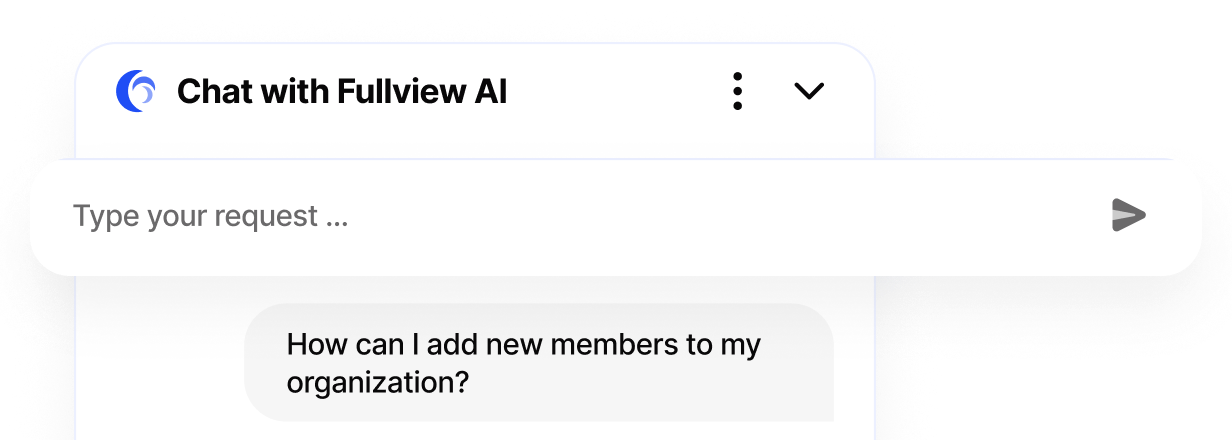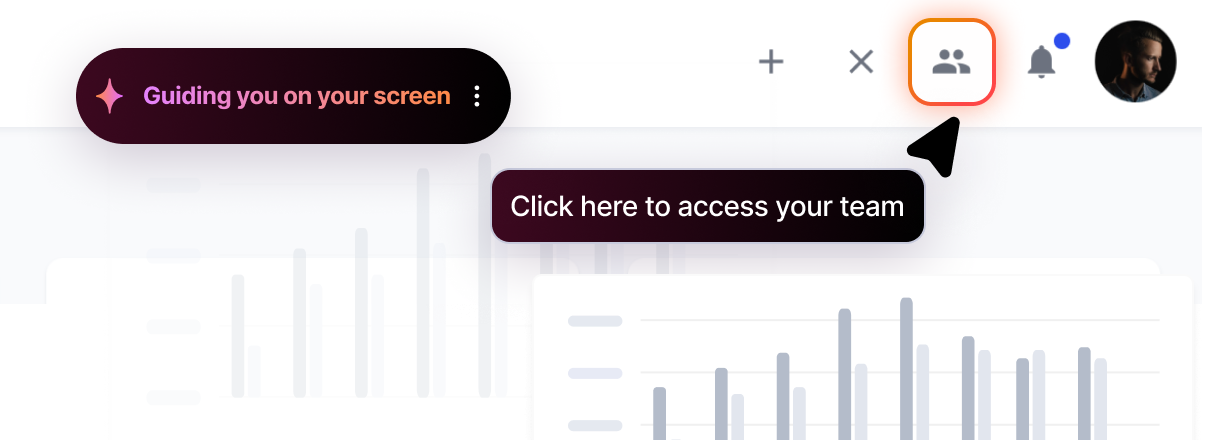Customer support and success are very distinct functions, but they both fall into the customer experience umbrella and share some similarities or even overlaps.
Traditionally, customer support handles inbound support requests. In contrast, customer success has the function of following customers in their journey, providing onboarding, checking in with them, showing them new products or features, and ultimately turning customer satisfaction into upsells and expansions.
Understanding the difference between customer support vs. customer success, as well as how to structure your support and success teams, can prove to be a valuable tool for customer experience optimization. In this article, we'll cover everything you need to know about each type of team below.
What are customer support and customer success?
Many people view customer support and customer success as two sides of the same coin. And while they are indeed closely related, they are actually two distinct concepts.
Customer support is all about providing assistance to customers who are experiencing problems with a product or service. They typically deal with all customer inquiries, including technical and customer service issues. 90% of Americans use customer service to decide whether or not to do business with a company. The customer support team is often the customer's primary point of contact for customer inquiries, which is why it's so important to have customer support staff that is knowledgeable, friendly, and able to provide quick resolutions.
On the other hand, customer success is focused on helping customers achieve their desired outcomes. Since 89% of customers are more likely to make another purchase following a positive customer service experience, customer success teams focus on customer onboarding and follow-up to reduce the amount of churn, customer complaints, and customer attrition.
While customer support is reactive, customer success is proactive. Whereas customer support aims to resolve issues, customer success strives to prevent them from happening in the first place.
By understanding the difference between these two concepts, businesses can better meet the needs of their customers.
The differences between customer support and customer success

Customer support and customer success are both essential aspects of any business. Both departments work to ensure that customers are happy and that they continue to do business with the company. However, there are some critical differences between the two.
Customer support is focused on resolving specific issues that customers have. They work to troubleshoot problems and provide solutions. On the other hand, customer success is focused on ensuring that customers are using the product or service in the most effective way possible and that they are getting the most value from it. This may involve providing training or educational materials, as well as offering support when needed.
Ultimately, both customer support and customer success are essential for keeping customers happy and ensuring that they continue to do business with a company.
However, depending on the company, these two departments may be different, or they may be combined. For example, customer support teams may also take on customer success activities such as customer onboarding and customer check-ins. It depends on the size of your team and the needs of your customer base.
Do I need customer support or customer success?
Now that you understand the difference between customer support and customer success, you may be wondering which one is right for your business.
The answer really depends on the size of your customer base, the nature of your product or service, and what type of customer experience you want to provide. If you have a customer base that requires frequent technical assistance or troubleshooting, then customer support may be the best option. On the other hand, if you want to provide a customer experience that is focused more on customer engagement and customer education, then customer success may be the better solution.
Most times, having both customer support and customer success teams can be beneficial. By having both customer support and customer success, companies are able to provide a comprehensive customer experience that meets the needs of customers at all stages of the customer journey instead of focusing on just one aspect.
How do I structure my support and success teams?
Creating a customer support and customer success team can be a challenge, but it doesn't have to be. Start by assessing your customer base and the customer experience you want to provide. Then, based on this assessment, create a customer support or customer success team that meets the needs of your customer base.
How to create a customer support team
When it comes to customer support, the most important thing is to have a team in place that is responsive and helpful. There are a few things to keep in mind when creating a customer support team that will be able to provide the best possible service.
- First, it is essential to have a variety of skills represented on the team. This way, there will be someone available to help with any issue that may come up.
- Second, it is important to have team members who are friendly and personable. This will help create a positive customer experience.
- Finally, it is important to make sure that the team has adequate resources. This includes having access to the latest information and tools.
By keeping these factors in mind, you can be sure to create a customer support team that will be an asset to your business.
How to create a customer success team
Creating a customer success team is essential for any business that wants to ensure long-term success. Customer success teams are responsible for maintaining relationships with customers and ensuring that they are satisfied with the product or service. There are a few key steps to creating a customer success team.
- First, determine the roles and responsibilities of customer success team members. This will help ensure that customer success activities are carried out in an organized and effective manner.
- Second, create customer success processes for customer onboarding, customer check-ins, product training, etc.
- Third, make sure your customer success team has access to the necessary resources to be successful, such as tools like Fullview's live collaboration via cobrowsing or async support via session replays, where you can playback customer issues with one click to identify bottlenecks and issues.
- Finally, hire customer success team members that are customer-centric and have strong communication skills.
By taking these steps, you can create a customer success team that will be an asset to your business.
Wrapping things up
In order to create a successful business, it is crucial to have both customer support and customer success teams in place. These teams serve different purposes and work together to ensure that your customers are happy and satisfied with your product or service.


.png)





.webp)
